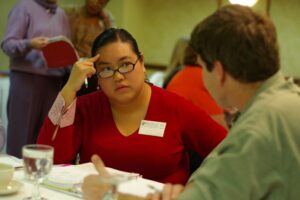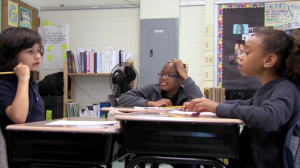

A Tool to Support Equitable Participation in Small Group and Pair Work
“Understanding what it means to ‘be a good partner,’ and how to make space for each person’s ideas, are important aspects of an equitable learning community.” ... But how to ensure that all students are positioned and seen as thinkers and doers of math during partner work?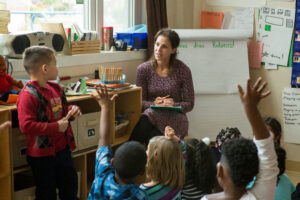

Which Students Get Which Questions? Using a Teacher Reflection Tool to Find Out
What a teacher does during a discussion can powerfully impact whether and how a student participates. One teacher used the Teacher Reflection Tool for Whole Class Discussions to reflect on which students she was calling on to answer which types of questions. She used what she learned to make some changes to her practice and try to bring about more equitable participation in the discussions in her classroom.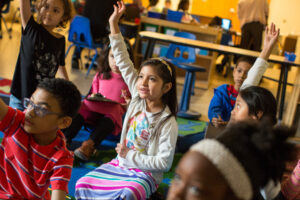

A Teacher Reflection Tool to Support Equitable Participation in Whole Class Discussions
It is important to pay attention to and reflect on students’ participation in whole class discussions in order to bring about more equitable participation.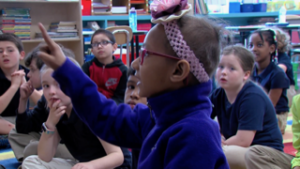

The Power of Teacher Reflection to Sustain Equitable Math Learning Communities
Self-reflection can be a powerful tool for teachers and school leaders. It can be implemented immediately and regularly to help us focus on instructional practices, uncover beliefs and values that may impact how our students see themselves in the math classroom, and move us to take action to create more inclusive learning communities.